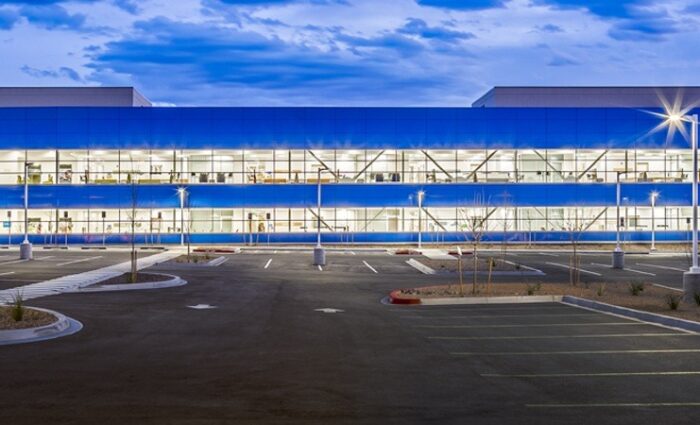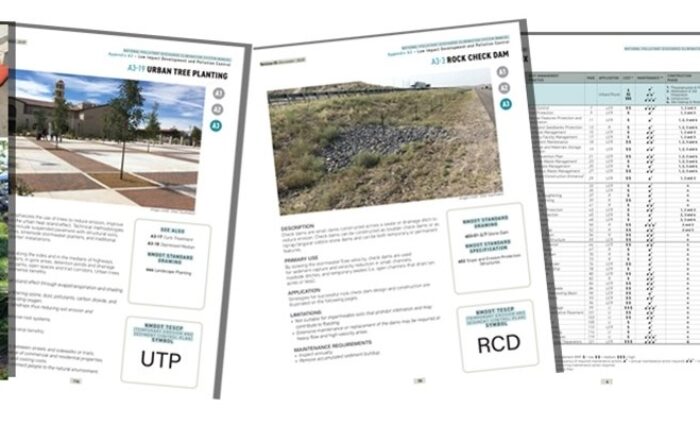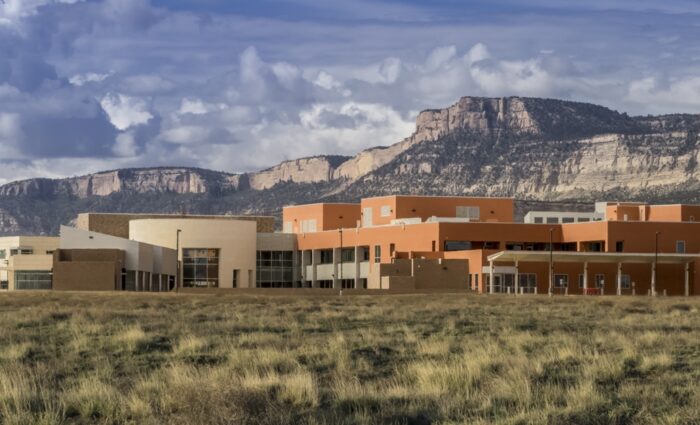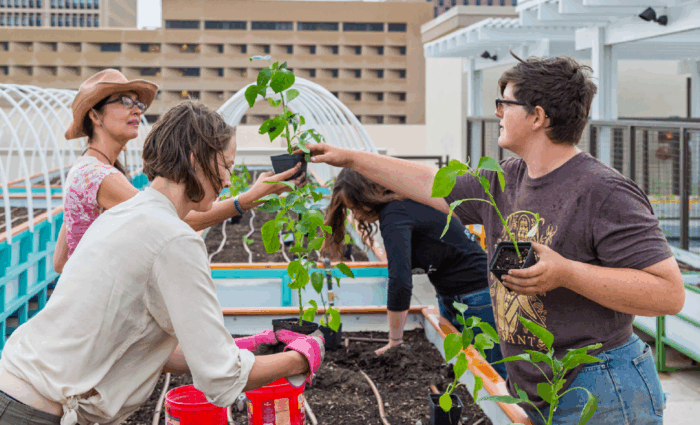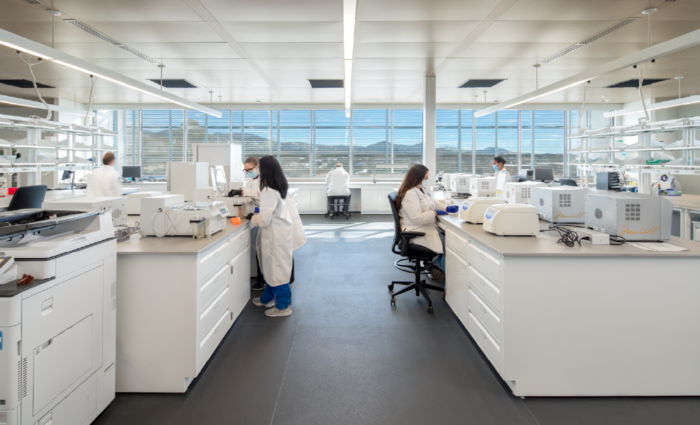The Dekker Sustainable Design Standards
The Dekker Sustainable Design Standards are the culmination of our long history of sustainable design in the southwest. With almost 20 years of LEED experience, we designed the first LEED Certified Gold Office Building in New Mexico – our headquarters in Albuquerque.
The built environment is responsible for over 40% of annual C02 emissions. That means that we must take substantial steps towards reducing emissions and designing more sustainable buildings. Having joined the AIA 2030 commitment towards carbon neutrality, we are continuing to find low-cost and high-impact sustainable design solutions for every project type, scope, and budget to reduce the environmental impact of the built environment.
Read on to learn more about the Dekker Sustainable Design Standards, and how these standards help us design more comfortable, resilient spaces for our clients.
Why are sustainable design standards important?
Architects and designers have many priorities to manage on a project – from budget to user comfort to compliance. Historically, designers viewed sustainability as a “nice to have” feature, while clients and developers viewed sustainability as an unnecessary or inaccessible expense. A handful of projects were selected to pursue green building certifications like LEED, while sustainability did not factor into the design of most projects, and any successes were not tracked.
At Dekker, have always looked beyond the old ways of sustainable design. Instead of existing in its own silo, we integrate sustainability into every aspect of our design process. We’re able to reduce carbon emissions of the spaces we design and track consistent metrics to help us understand what sustainable strategies yield the best results.
Our Sustainable Design Standards let us build on past successes and keep a close eye on emerging sustainable strategies. This gives us a roadmap for how to make the biggest sustainable impact possible on a project given the scope and budget.
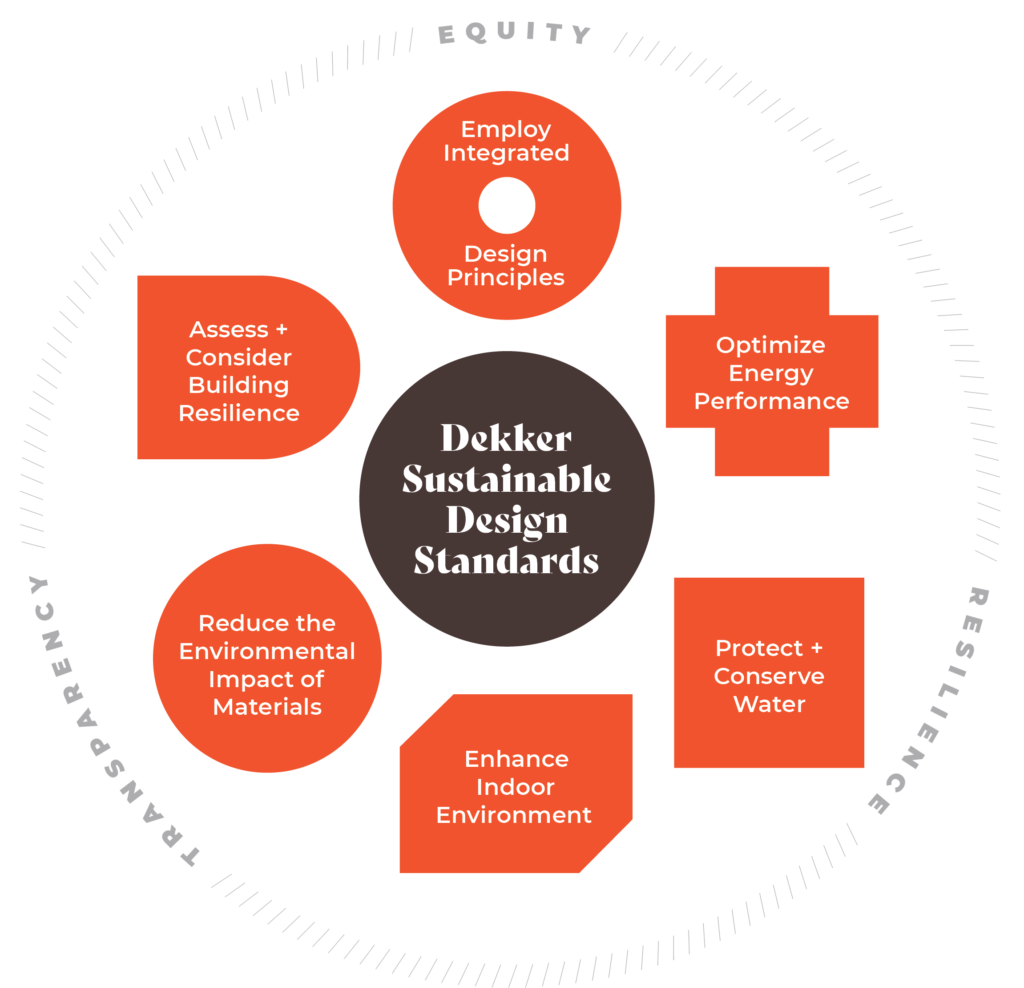
The Dekker Sustainable Design Standards
The Dekker Sustainable Design Standards are a multitiered approach to finding sustainable solutions for every project.
The 12 core criteria of the Dekker Sustainable Design Standards help us reach a new standard of sustainability. These criteria are considered for all new projects.
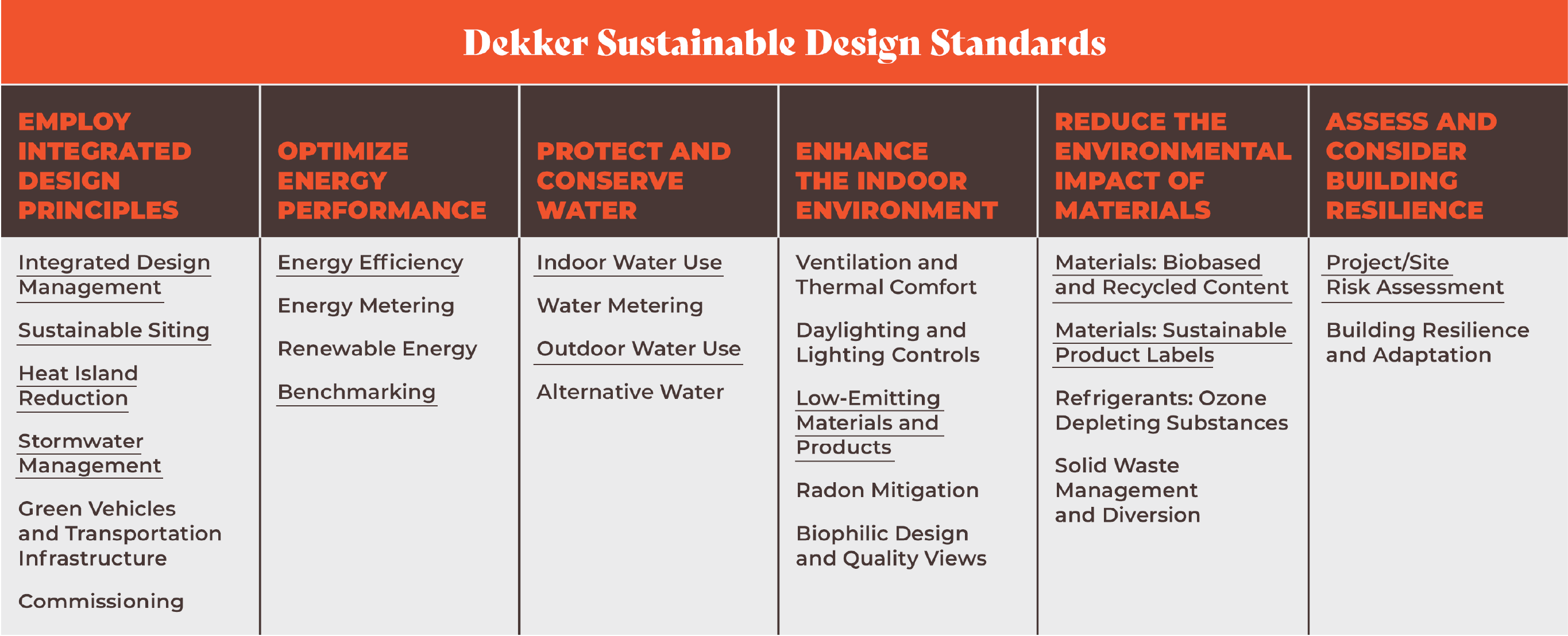
Our sustainable design strategies fall into six main categories.
1. Employ integrated design principles
Sustainability is never an afterthought in design. Instead, we consider sustainability in the very first stages of concepting and communicate sustainable strategies with the project team and all stakeholders, early and often.
Integrating sustainable design from the start helps to avoid costly inefficiencies or the need for major redesigns. We consider aspects like heat island reduction, stormwater management, and sustainable siting, to ensure that the concept for a design is sustainable, saving owners money in the long run.
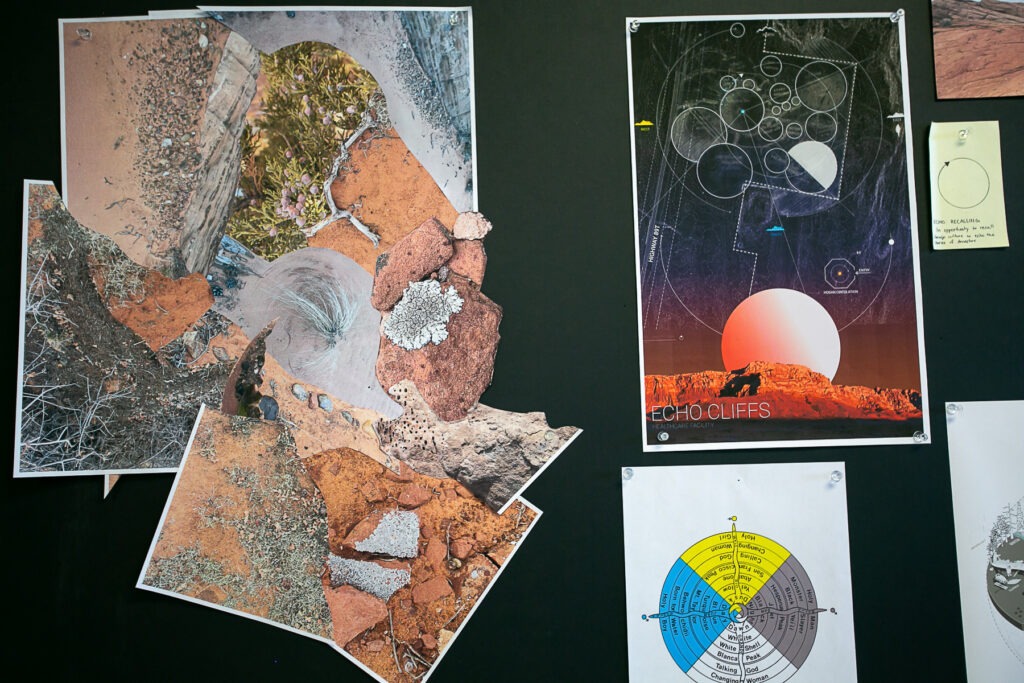
Beyond basic integrated design principles, we can also consider green vehicle and transportation infrastructure to reduce the carbon emissions of the people using the building. Implementing building commissioning can help track carbon emissions in the long run, helping building owners find further efficiencies.
2. Optimize energy performance
Optimizing energy performance can have the biggest impact on reducing carbon emissions over time. In every aspect of the design, we consider energy efficiency, from choosing the right glazing to considering sunlight exposure. We also use benchmarking to compare the energy efficiency of a project to similar projects.
While not all projects are able to utilize renewable energy strategies due to budget or compliance concerns, we are able to quickly perform a feasibility study to determine if renewable energy would be beneficial to the client.
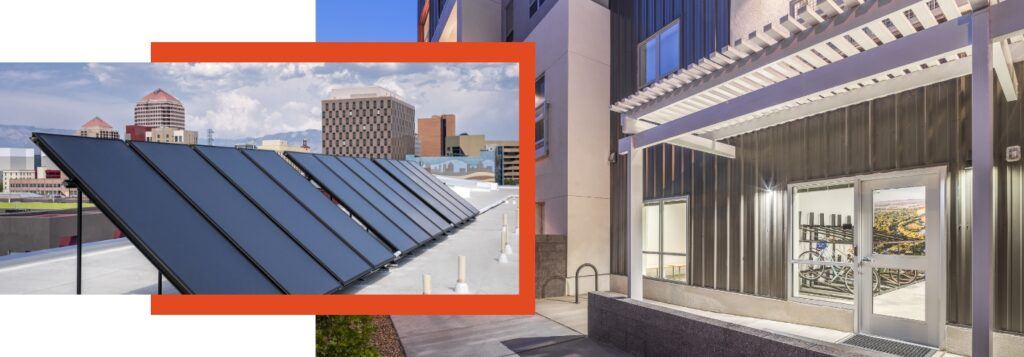
3. Protect and conserve water
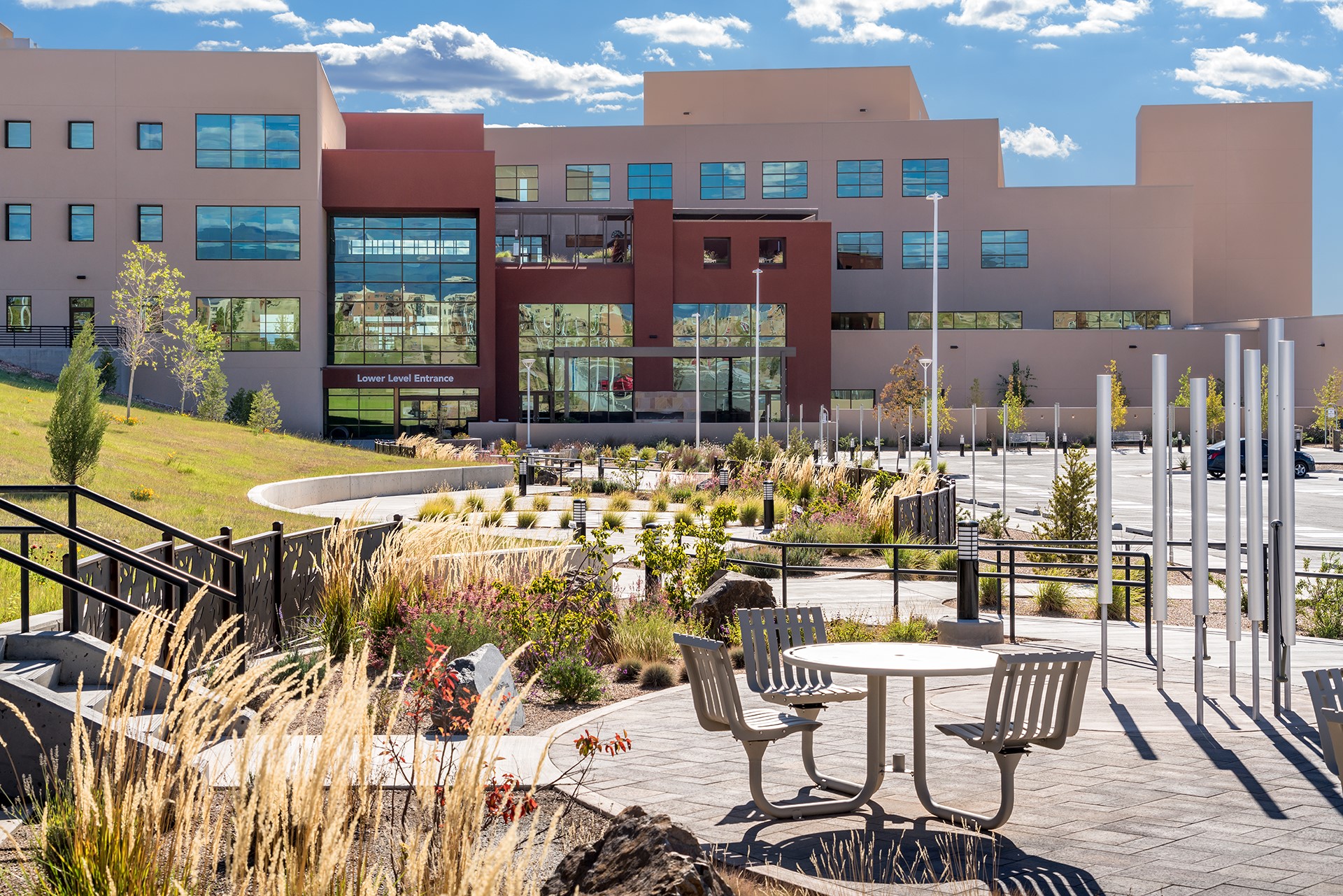
As a design firm in the American Southwest, we are keenly aware of water as a limited resource. We have decades of experience in conserving water, from considering landscape design that includes drought-tolerant plants to low-flow water fixtures.
For projects where water is scarce, we can also consider alternative water sources like graywater, HVAC condensate, or harvested rainwater.
4. Enhance the indoor environment
Enhancing the indoor environment is not only better for the planet but helps make more comfortable and inspiring spaces for the occupants of a building. We ensure that the materials and products we choose are low-emitting, meaning they have little to no volatile organic compounds which can cause short- and long-term health issues.
There are multiple strategies we can implement to further enhance the indoor environment, from daylighting to biophilic design, and considering ventilation and thermal comfort. We work with the budget and goals of a project to implement the strategies that make sense for each client.
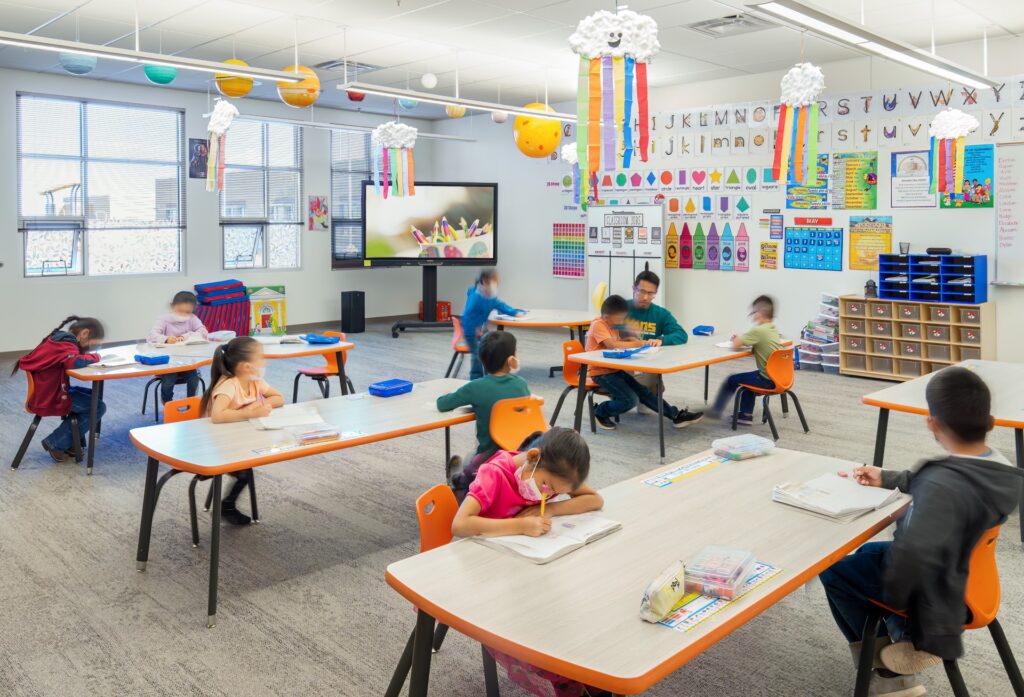
5. Reduce the environmental impact of materials
It’s not enough to reduce the carbon footprint of a building’s operations. We also look at the building and interior materials themselves to find even more ways to reduce carbon emissions. This includes choosing materials with transparent product documentation, prioritizing those with sustainable sources, reduced health risks, and lower life cycle impacts.
6. Assess and consider building resilience
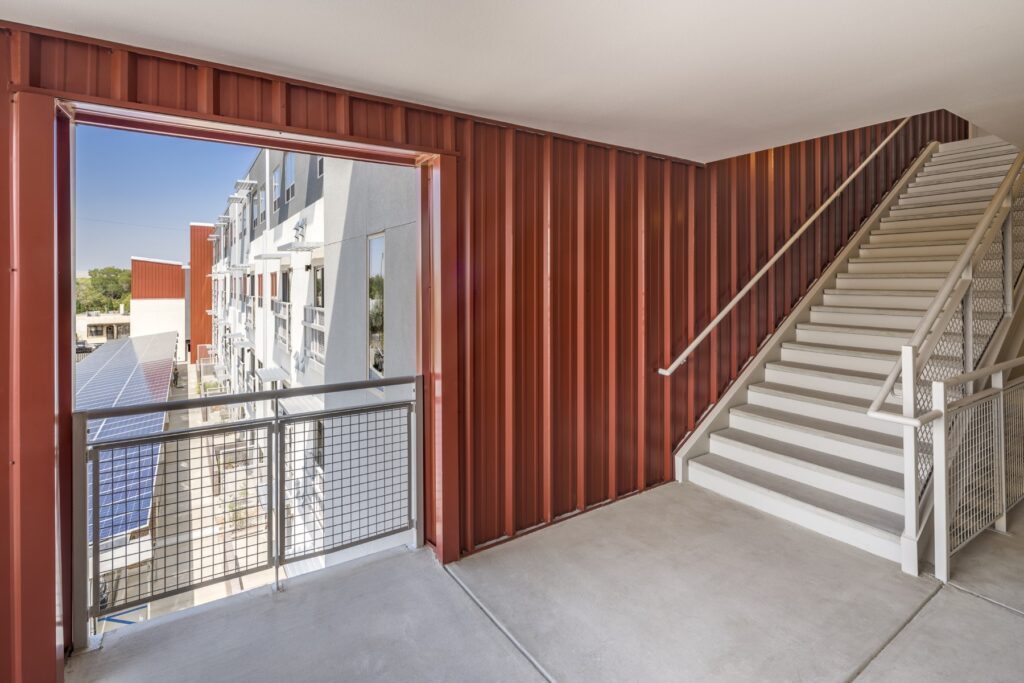
A building that lasts a long time is more sustainable — so we assess the risk of a project site to ensure building longevity. We also investigate how a building will adapt to extreme weather conditions.
Our in-house sustainable design team employs a variety of strategies to assess each project for sustainable opportunities.
Building Performance Analysis measures energy efficiency
Conducting a building performance analysis at the very first stages of design identifies early, low-cost (but high impact) sustainable design strategies. We conduct energy efficiency analyses like Energy Use Intensity, Spatial Daylight Autonomy, Annual Sunlight Exposure, site wind patterns, quality views, site microclimate, and building lifecycle. A renewable energy feasibility analysis in the beginning of the design process helps more clients see the benefit in on-site renewable energy investments.
Our building performance analysis can be completed in just a few hours, adding a lot of value for clients and users with near immediate ROI on project analysis time.
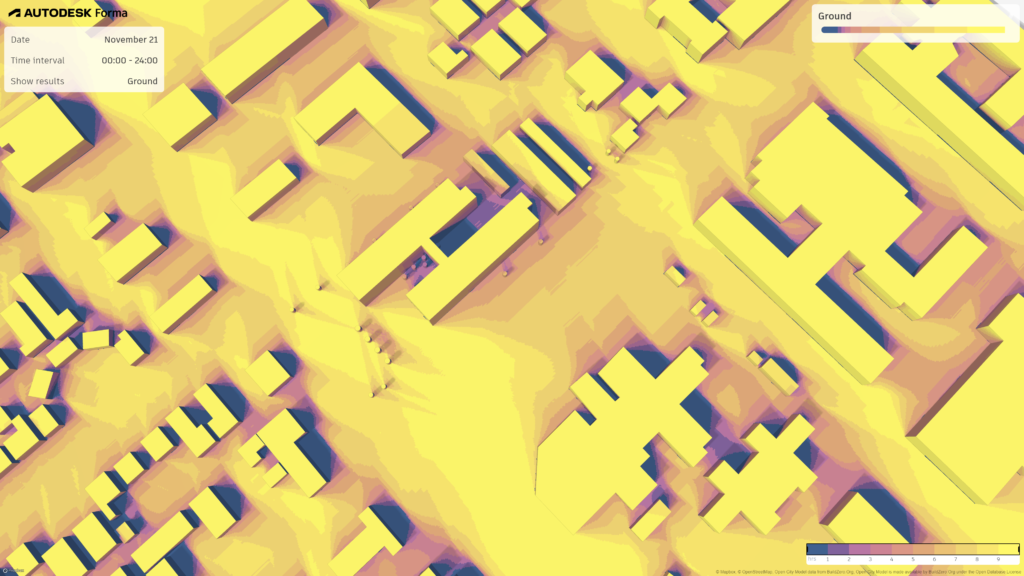
Biophilic design strategies promote occupant wellbeing
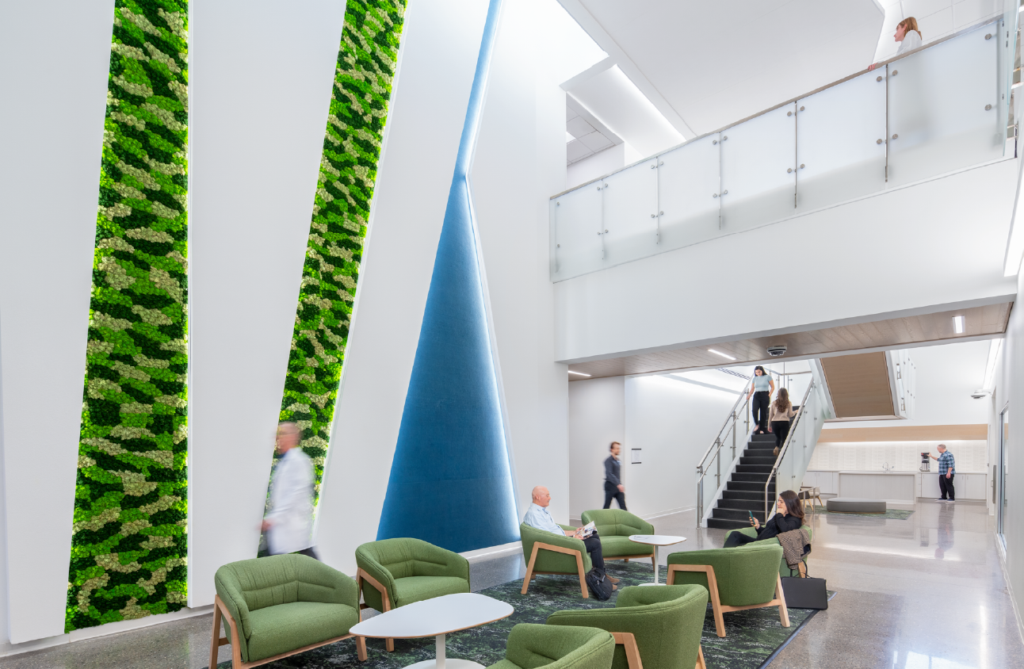
Biophilic design promotes wellbeing in the built environment by strengthening people’s relationship with nature. Many biophilic design strategies are already utilized by our design best practices, like providing access to daylight and views, or using local materials. Other strategies may require more project resources and intentionality, like creating water features or designing adjustable zones of thermal comfort.
We incorporate best practices in biophilic design strategies that fit a project’s scope and budget.
Integrating sustainability into the design process
Sustainability is part of every design that we do, which means that it cannot simply be a line item on the design agenda. As an integral part of the design process, our Sustainable Design Standards make it easy for designers to consider sustainability at every step of the design — and easy for clients to understand the benefits and impacts of sustainable design and operational strategies.
Part of our standards include an easy to-do list for each stage of design, as well as “good, better, best” practices for fine tuning sustainable design strategies to a project’s scope and budget.
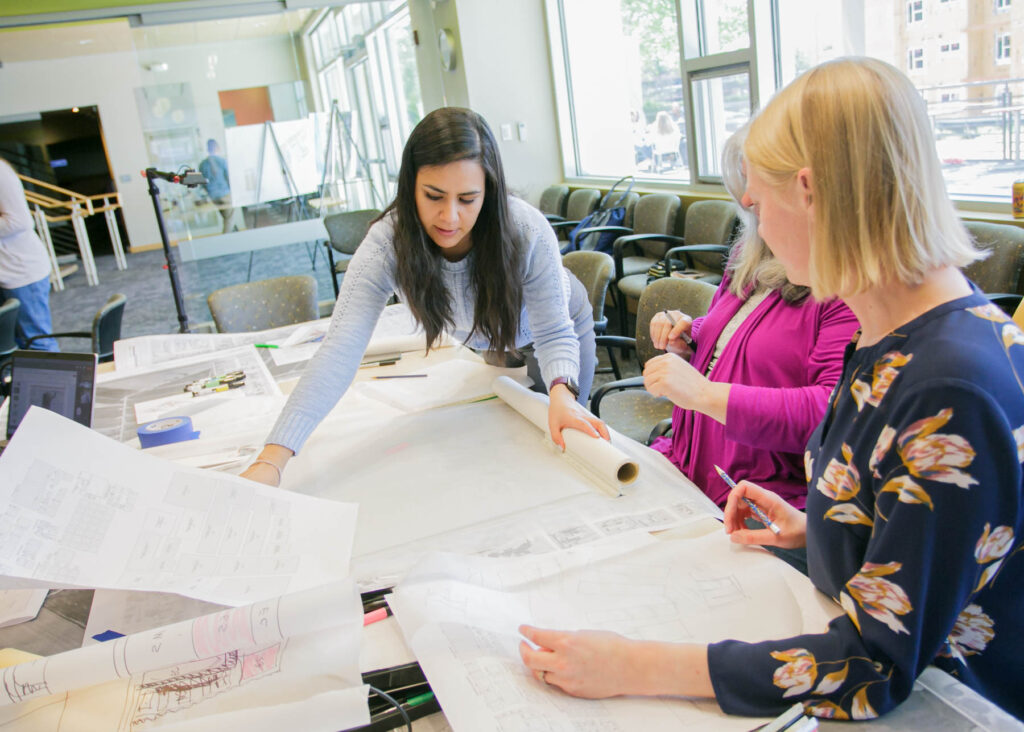
We also work closely with our design partners to ensure that our standards are met and tracked to the end of construction and beyond.
Evolving new sustainable standards in the built environment
A standard means a set of accepted practices. When it comes to sustainability, what is standard today may become obsolete tomorrow as new sustainable technologies or processes become more accessible and innovative solutions develop to reduce the built environment’s impact on the planet.
At Dekker, our standards are meant to be constantly evolving and improving. We are continually championing the sustainable standards of the future, with strategies like digital twins, commissioning, embodied carbon optimization, and on-site renewable energy opportunities.
Read our minds.
Sign up for our email.
Related Content

Design a career path with more bridges.
Looking to break down the walls of the status quo?

